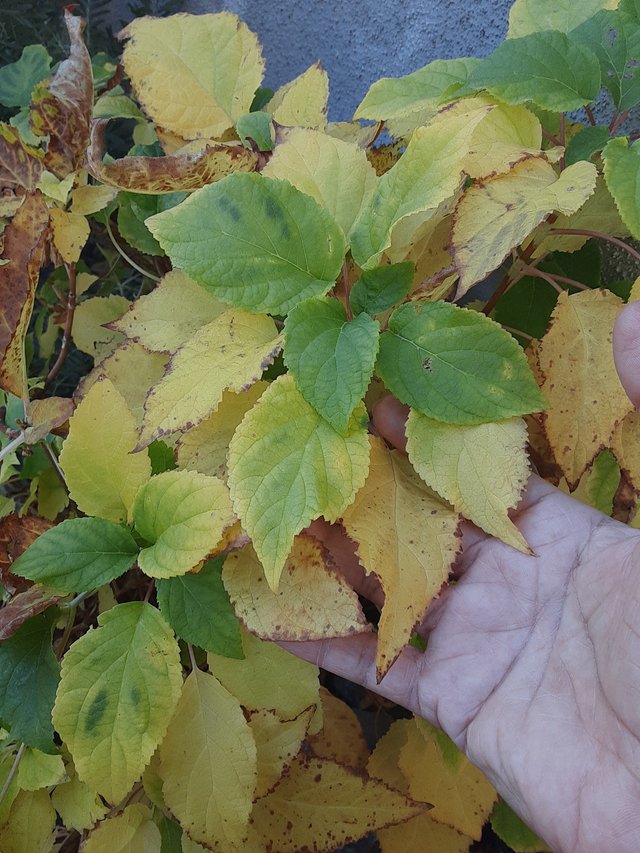
Helwingia japonica, also known as Japanese albatross or Japanese helwingia, is a fascinating shrub native to the forests of central and southern Japan. Its leaves undergo a spectacular transformation in autumn, making it a prized ornamental plant.
Here's what I know about Helwingia japonica leaves in autumn:
Color change: As autumn arrives, the initially green leaves of Helwingia japonica begin to transition into a fiery palette of colors. They typically display vibrant shades of red, orange, and yellow, creating a stunning visual display. The exact coloration can vary depending on factors like sunlight exposure and temperature fluctuations.
Leaf shape and texture: The leaves of Helwingia japonica have a unique elongated shape, resembling miniature boats. They are leathery and slightly glossy, adding an interesting textural element to the autumn foliage.
Persistence: Unlike many deciduous plants that drop their leaves entirely in autumn, Helwingia japonica exhibits a fascinating phenomenon called semi-evergreenness. During winter, some of the older leaves may hold on, providing a hint of color even in the colder months. However, newer leaves may also shed in response to freezing temperatures.
Cultural significance: In Japan, Helwingia japonica is considered a symbol of longevity and perseverance due to its ability to retain some foliage throughout the winter. It is often incorporated into traditional gardens and landscapes, adding a touch of elegance and cultural significance.
Overall, the autumn leaves of Helwingia japonica offer a mesmerizing combination of vibrant colors, distinctive shapes, and cultural symbolism. If you're looking for a unique and captivating plant to add to your garden, Helwingia japonica is definitely worth considering!
Ref.:
 |  |
Upvoted! Thank you for supporting witness @jswit.
Downvoting a post can decrease pending rewards and make it less visible. Common reasons:
Submit